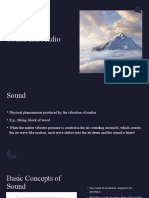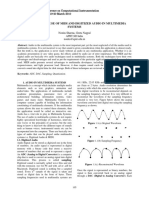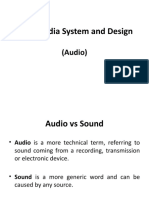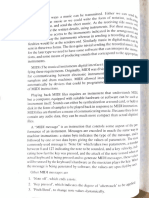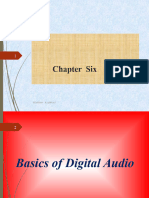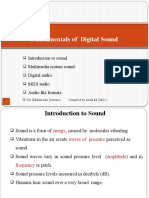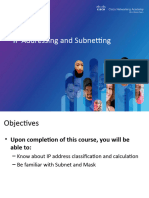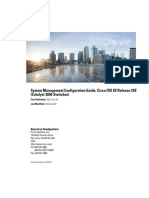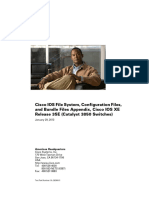0% found this document useful (0 votes)
34 views30 pagesDigital Audio and MIDI Basics
Uploaded by
Meseret AbiyCopyright
© © All Rights Reserved
We take content rights seriously. If you suspect this is your content, claim it here.
Available Formats
Download as PPTX, PDF, TXT or read online on Scribd
0% found this document useful (0 votes)
34 views30 pagesDigital Audio and MIDI Basics
Uploaded by
Meseret AbiyCopyright
© © All Rights Reserved
We take content rights seriously. If you suspect this is your content, claim it here.
Available Formats
Download as PPTX, PDF, TXT or read online on Scribd
/ 30








